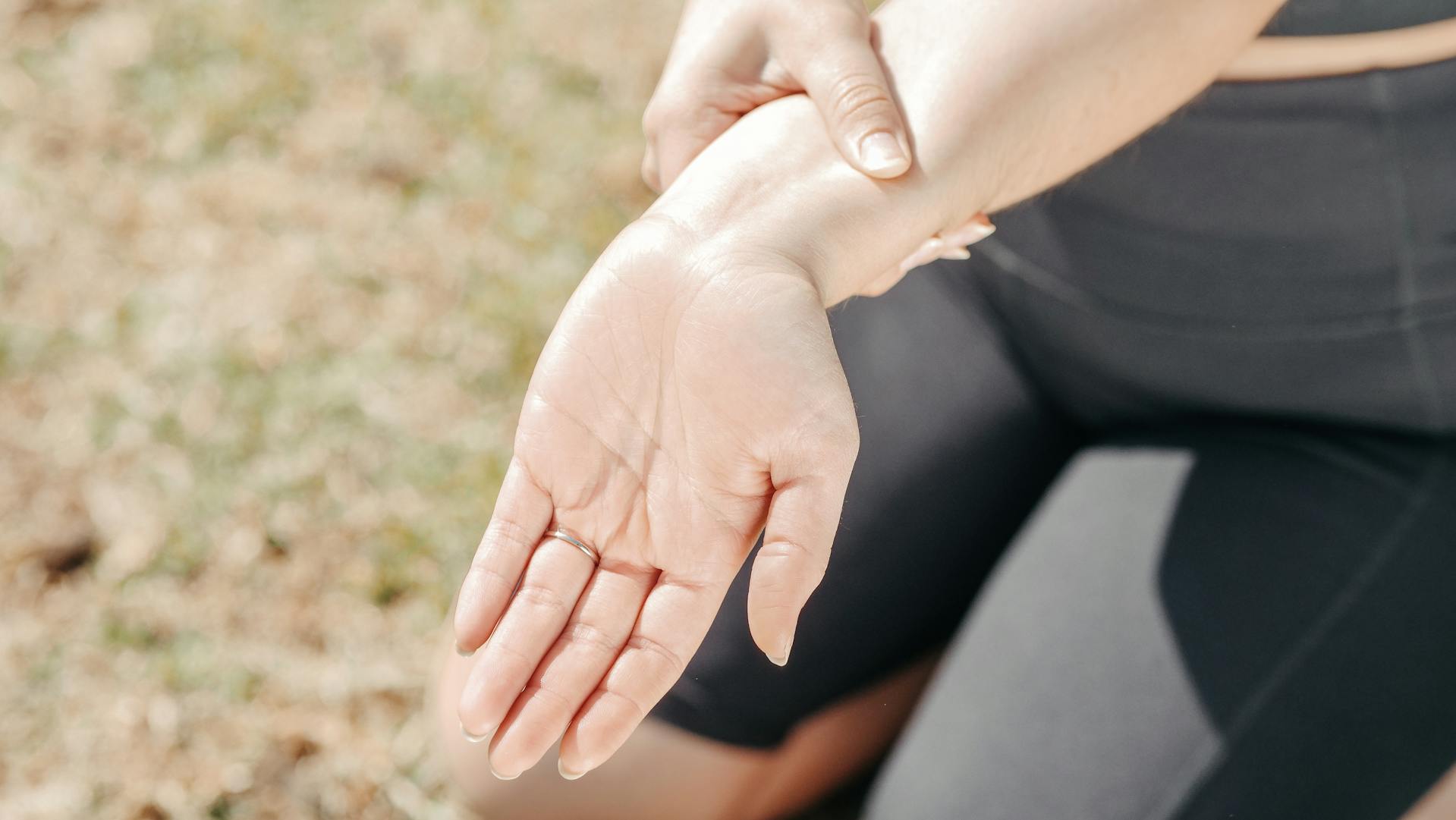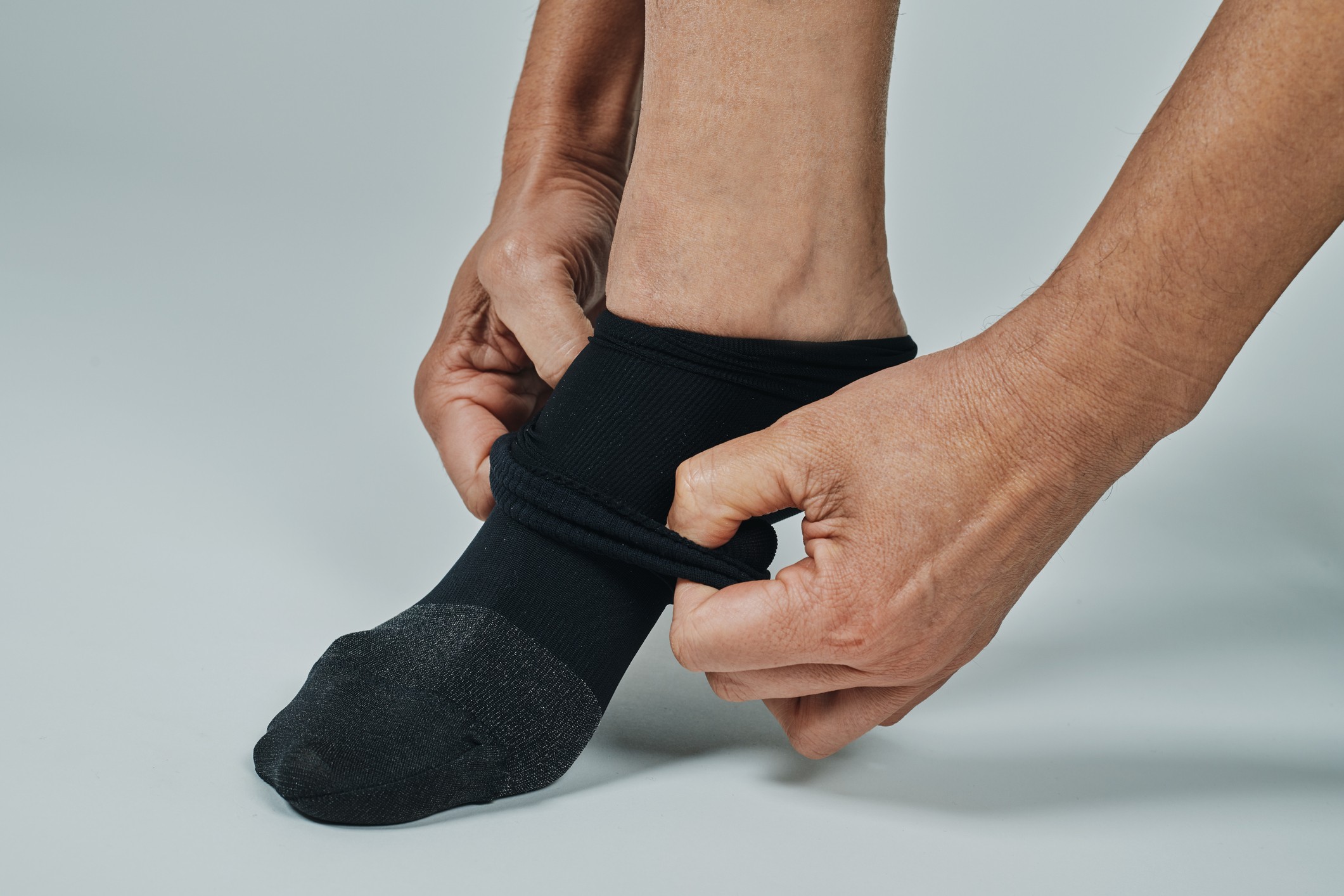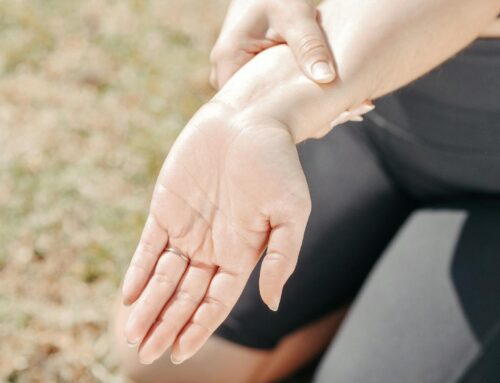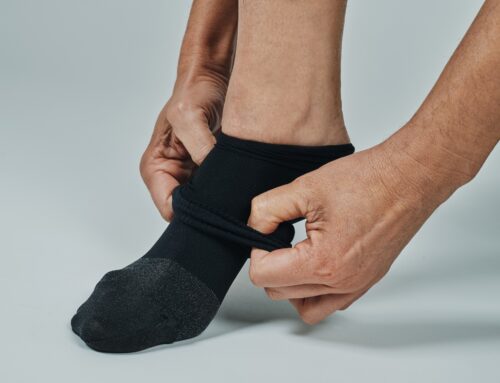Knee health is a cornerstone of an active lifestyle, as these vital joints bear the weight of our movements, providing stability and flexibility. Whether you’re walking through the city, cycling on scenic trails, or running for fitness, your knees work tirelessly to support your body. However, the repetitive strain of these activities can take a toll on the joints, potentially leading to discomfort or injuries over time.
By providing stabilization, reducing impact stress, and enhancing comfort, braces and sleeves help prevent injuries and improve performance. Whether you’re managing a previous issue or aiming to avoid one, incorporating the right knee support into your routine can make a significant difference in your overall well-being.
Protecting Your Knees
The knee is one of the body’s most remarkable joints, responsible for supporting movement, balance, and stability. It functions as a powerful hinge, enabling essential motions like walking, running, and climbing. In addition to facilitating movement, the knee also absorbs shock and stabilizes the body during physical activities, carrying much of your body weight.
Challenges and Common Injuries
Despite its strength and versatility, the knee is vulnerable to stress, overuse, and injury, particularly during repetitive or high-impact activities.
Walking, though low impact, can still strain the knees, especially over long distances or on uneven surfaces. Fatigue and minor discomfort are common challenges for those who walk frequently.
Cycling, while gentler on the joints than running, involves repetitive pedaling motions that can lead to irritation or conditions like tendonitis.
For runners, the high-impact nature of the sport can result in a range of issues, from runner’s knee and ligament strains to cartilage damage. Over time, these activities can aggravate existing conditions or even create new ones, making it harder to stay active and pain-free.
Addressing Challenges
Knee support braces and sleeves are effective for managing and preventing common injuries, helping to protect and stabilize the joint. By reducing unnecessary movement, braces can alleviate strain on ligaments and tendons, preventing injury and enhancing confidence during activities. Compression sleeves promote better blood circulation, which reduces swelling and helps the knee recover more quickly after exertion.
For those engaged in high-impact or repetitive activities, advanced braces such as the SofTec® OA can distribute impact forces evenly, minimizing wear and tear on the joint.
Whether you’re walking for fitness, cycling for leisure, or running for performance, the right knee support can make a significant difference in maintaining comfort, preventing injury, and enhancing your overall mobility.
Knee Support for Different Activities
Staying active through walking, cycling, and running offers countless health benefits, but these activities can also place significant stress on the knees. Knee support braces and sleeves can provide targeted benefits to help you perform comfortably and reduce the risk of injury.
Walking
Walking is a low-impact activity, but it still requires the knees to support body weight and maintain balance over long distances or uneven surfaces. For casual walkers and those recovering from minor strains, a lightweight compression sleeve is an excellent option.
Knee supports with light compression help:
- Alleviate minor discomfort and fatigue
- Enhance joint stability, especially for individuals with mild instability or previous injuries
- Promote better circulation, reducing swelling after extended walks
Cycling
Cycling involves a continuous bending and straightening of the knee, which can lead to overuse injuries, especially in the tendons and cartilage. Adjustable braces or sleeves with moderate support are ideal for cyclists seeking joint stability without restricting mobility.
Knee supports designed for cycling can:
- Provide a stable range of motion to reduce excessive strain
- Minimize the risk of irritation from repetitive movements
- Offer comfort for longer rides, helping to maintain focus and performance
Running
Running places significant impact stress on the knees, especially during longer distances or on uneven terrain. This activity is associated with common issues like runner’s knee, ligament injuries, and cartilage damage. Advanced braces, like GenuTrain® or SofTec® Genu, are particularly effective for runners who need both flexibility and added protection.
Knee support for runners focuses on:
- Absorbing shock to reduce strain on the knee joint
- Enhancing alignment and stability to prevent improper movement
- Providing a snug fit for consistent support without restricting motion
Types of Knee Support Braces and Sleeves
Knee supports come in various designs, each tailored to address different levels of discomfort and stability needs.
Compression Sleeves
Compression sleeves are flexible and easy-to-wear options designed to provide gentle support and compression. They are ideal for individuals experiencing mild discomfort or looking for preventative care during physical activities. Compression sleeves are perfect for individuals with minor aches, early-stage arthritis, or those recovering from light sprains.
Benefits include:
- Improved Circulation: Compression enhances blood flow, reducing swelling and promoting recovery.
- Mild Support: Offers stability without limiting movement, making it suitable for low-impact activities like walking or yoga.
- Comfortable Fit: Made from breathable materials, they’re ideal for all-day wear.
Adjustable Braces
Adjustable braces are versatile supports designed for individuals needing a balance of flexibility and stability. With customizable straps, they provide targeted compression and support. These braces are a great choice for moderate knee instability, ligament sprains, or individuals seeking added confidence during activities.
Benefits include:
- Enhanced Stability: Helps control unwanted movements that could stress the knee joint.
- Customizable Fit: Adjustable straps allow for a snug and secure fit, catering to individual needs.
- Activity-Friendly: Offers sufficient mobility, making it suitable for cycling, walking, or light running.
Rigid Braces
Rigid braces are designed for individuals with significant knee instability or those recovering from surgery or severe injuries. Built with reinforced frames, these braces deliver maximum support. Rigid braces, such as SofTec® Genu or SofTec® OA, are highly recommended for advanced conditions, post-surgical recovery, or intense physical activities requiring significant knee protection.
Benefits include:
- Joint Stabilization: Limits excessive movement to protect ligaments and cartilage.
- Load Redistribution: Reduces stress on specific areas, especially for conditions like osteoarthritis.
- Durable Support: Designed for high-impact protection and long-term use.
Premium Knee Support Solutions at Care-Med
At Care-Med, we provide a carefully curated selection of high-quality knee braces designed to meet a wide range of needs. Whether you’re looking for lightweight compression for casual use or advanced stability for managing chronic conditions, our premium knee support solutions deliver comfort, protection, and performance.
GenuTrain®

- Lightweight design for all-day wear
- Effective for mild swelling and joint instability
- Suitable for walking, casual activities, and light workouts
- Available in multiple sizes for a personalized fit
GenuTrain® P3
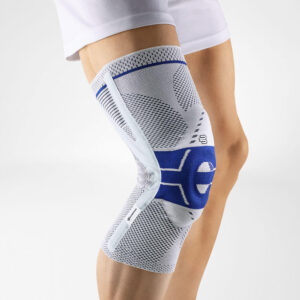
- Ideal for correcting kneecap misalignment
- Reduces discomfort from overuse or patellar instability
- Suitable for dynamic activities like running or hiking
- Comfortable fit with advanced stabilization
GenuTrain® S
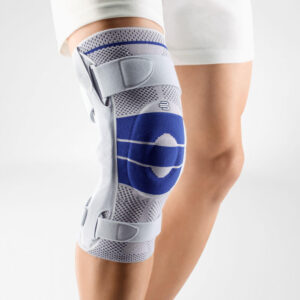
- Provides extra side stabilization for ligament injuries
- Adjustable straps for a secure and custom fit
- Ideal for moderate instability or mild arthritis
- Works well for active lifestyles
SofTec® Genu
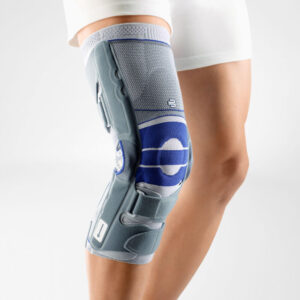
- Combines flexibility and rigidity for advanced support
- Adjustable straps for personalized comfort
- Suitable for post-surgical recovery and severe instability
- Works for high-impact activities
SofTec® OA
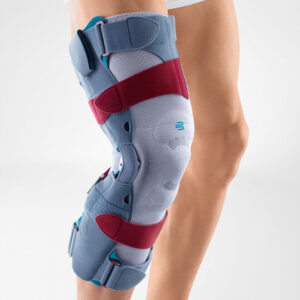
- Designed for osteoarthritis relief
- Redistributes joint load to reduce pain
- Durable for long-term wear and daily use
- Enhances mobility for improved quality of life
How to Choose the Right Knee Support
Choosing the right knee support is a personal process that requires careful consideration. There’s no one-size-fits-all solution—your choice should reflect your activity level, specific needs, and comfort preferences. Taking the time to evaluate these factors and seeking professional advice can help you find the perfect support to keep you active and pain-free.
Activity Levels
For low-impact activities like walking or casual use, lightweight compression sleeves are a great option. These sleeves provide gentle support, enhance circulation, and reduce mild discomfort without limiting movement.
For moderate activities such as cycling or recreational sports, adjustable braces are a better choice. These braces offer more stability and can be customized for a snug fit, ensuring your knees are supported without restricting flexibility.
High-impact activities, such as running or high-intensity workouts, demand rigid braces designed to absorb shock and protect against repetitive stress injuries. These braces often include reinforced structures that stabilize the joint while withstanding the demands of intense motion.
Specific Needs
If you’re recovering from an injury, braces with targeted support, such as lateral reinforcements or semi-rigid frames, can help stabilize the joint and promote healing. For chronic conditions like arthritis or patellar misalignment, specialized braces such as the SofTec® OA or GenuTrain® P3 are specifically designed to manage symptoms, reduce strain, and enhance joint alignment.
Even if you’re not dealing with an injury or condition, preventative care is essential. Compression sleeves are a simple yet effective choice to minimize discomfort and lower the risk of future issues. They provide consistent support for daily activities and light exercise, making them a versatile option for proactive knee health
Fit and Comfort
Look for braces with adjustable straps or those available in various sizes to find the right balance of support and comfort. Breathable materials are also important, especially for long-term wear, as they help reduce sweat and irritation.
It’s equally important to avoid braces that feel too tight or restrictive. Ill-fitting support can lead to discomfort, restrict movement, or even cause circulation issues. Taking the time to try different options and consulting with a professional can help you identify the perfect fit for your needs.
Move Better, Feel Better with Knee Support
Whether you’re walking around the neighborhood, cycling on scenic trails, or running to stay fit, having the right knee support can make all the difference. A brace or sleeve can enhance stability, reduce discomfort, and protect your joints from potential injuries, helping you move with confidence and ease.
At Care-Med, we know that everyone’s needs are different. With over 18 years of experience, we’re dedicated to providing customized solutions that put your comfort first. Our selection of high-quality knee braces and sleeves, paired with expert advice, ensures you’ll find the perfect fit for your lifestyle and goals.
Contact the team at Care-Med and take the first step toward improved mobility and long-term knee health.
Share This Story, Choose Your Platform!
Table of Contents
We specialize in orthotics, body braces, and compression wear tailored to your unique needs in Toronto. Reach out to us at info@caremed.care or call 416-782-5353 to book your fitting and consultation.
Experience the difference of customized solutions designed just for you.



